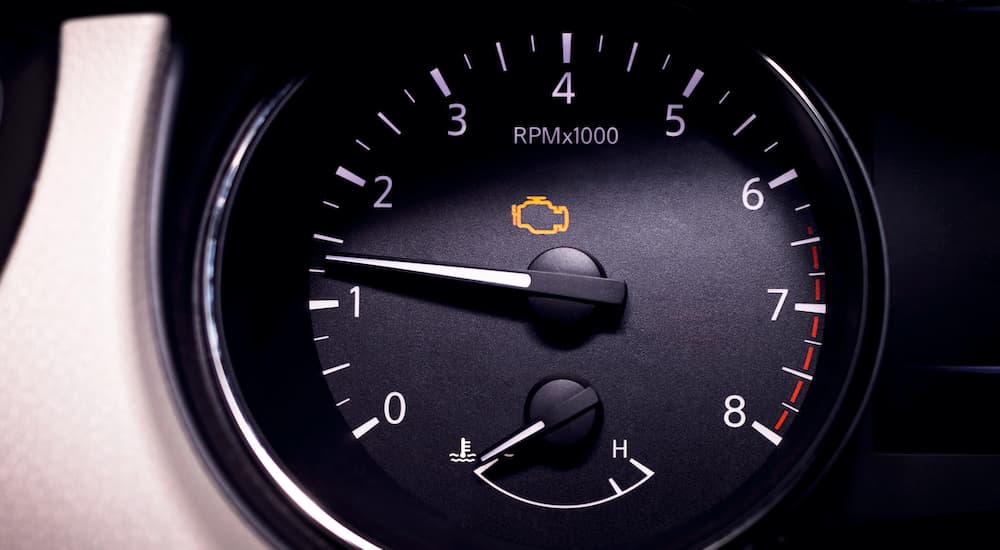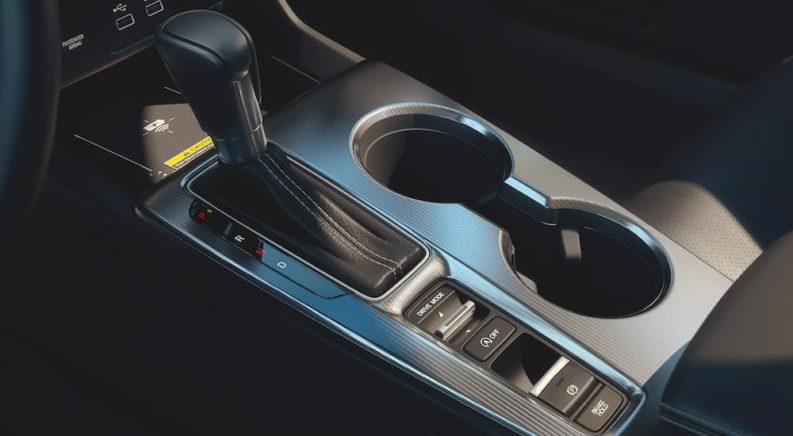Car ownership entails more than people might initially think. It’s not as simple as just buying a car, crossing your fingers, and hoping for the best. Short-term and long-term car ownership means being mindful of maintenance and repairs in order to keep your car running like new and out of the repair shop as much as possible. Drivers who care about the reliability and dependability of a vehicle often buy Honda, as it’s a brand known for longevity. When it is time to service your Honda, finding an expert technician is key, especially for work being done on larger powertrain components of the vehicle. You’ll want to use a certified technician for things like Honda transmission service or significant work on the engine and electrical systems. When you see warning lights in your dashboard, such as a check engine light, it’s vital to get your Honda inspected as soon as possible to prevent further issues.
Honda’s parts are designed with quality in mind, and the brand’s reputation speaks volumes. Honda has always been associated with dependability, its vehicles staying on the roads for generations. Ask any mechanic, and they will tell you they see Hondas less than vehicles from most other brands. However, Honda’s stellar engineering does not remove the responsibility of the driver to take sound care of their car. It’s our job as car owners to be attentive to issues as they happen and to heed warning lights should they crop up. It’s vital to take good care of your car by getting timely routine maintenance. There are other tips and tricks to maintaining your transmission and engine for a car that will go the distance. Here are some ways to take care of your Honda to stay ahead of problems before they occur.

Stay On Top of Oil Changes
Getting routine oil changes is one of the best things you can do to take care of your Honda long-term. Most modern cars take the guesswork out of oil changes by alerting us when it’s time. Many vehicles, especially recent models, are built with an indicator light that will turn on in your dashboard to alert you when it’s time to change the oil. The symbol may vary depending on the car––check your owner’s manual to determine what symbol your Honda uses. Certain newer cars even have the option to push an information button on your dash and view the remaining oil life as a percentage to know in advance when an oil change is coming up.
It’s best to not let the oil go too long without changing it since oil is a critical part of keeping the engine in good working condition. Oil serves to lubricate the moving parts in the engine, but it also works to keep those moving parts from overheating. Oil also helps to push out dirt and debris, so they don’t clog your powertrain. As the oil ages, it becomes less effective at its job. You’ll notice oil starts off a clear, golden hue, and as it becomes clogged with dirt and contaminants, it turns black and loses its effectiveness. Don’t ever let the oil get so old that a cloud comes out of your exhaust pipe.
When in doubt, you can always check the oil yourself. Every Honda has an accessible oil dipstick, and instruction on locating it can be found in your owner’s manual or online. With your vehicle off and the engine cool, securely prop up your hood and pull out the oil dipstick. Use a rag to wipe off whatever is on the stick. After wiping it, replace your oil dipstick and pull it back out for examination. There are two things to note: the oil level and the color of the oil. There is an indicator on the stick for where the oil should be. If it doesn’t reach that level, you do not have enough oil in the car, and more needs to be added. If the color of the oil is too dark, it is time for an oil change.
Be Attentive to Warning Lights
When dashboard lights start turning on, it’s an indication that something is wrong and needs our attention. There are a variety of lights, so it’s important to familiarize yourself with the symbols just in case you find that one is lit up. We already covered the oil change symbol earlier, but there are other lights indicating a potential issue for things such as tire pressure, oil pressure, and maintenance reminders.
The check engine light is the most important. It is normally yellow and shaped like an engine. It’s easily the most important of the warning lights, as it alerts you to what could be a critical problem in your powertrain, such as a lack of coolant or a dangerous hazard with your exhaust system. Ignoring a check engine light could mean bigger issues that may damage your car beyond reasonable repair. If you see the check engine light come on, don’t hesitate to take your Honda immediately to a trusted service center to have it diagnosed.
Other warning lights include warnings about parking brakes, battery failure, and ABS. If you’re seeing a red “BRAKE” or a “P” in a circle and parentheses, that is an indication that you may have driven off while the car’s parking brake is still activated. A red battery light coming on could mean there is an issue with the electrical system in your vehicle and may serve as a warning that the battery or alternator is on the brink. If that is the case, you may soon require a jumpstart due to battery failure. Finally, the yellow letters “ABS” inside a circle means there is an issue with your car’s anti-lock braking system. In any case, all of these lights require your immediate attention.

Come to a Complete Stop When Shifting
One way to quickly ruin your transmission is by failing to completely stop when shifting from reverse to drive and back on an automatic transmission. If you have just backed out of a parking space or garage, take a moment to come to a complete stop before shifting into drive. Over time, failing to make complete stops before shifting will wear down the spinning mechanism that works inside your transmission to go to different gears. Also, be mindful not to jolt the car’s gears while the car is running so as not to stress the transmission. The repairs to a worn-down mechanism will be expensive and may require a swap out of the whole transmission.
Pay Attention, and Your Honda Will Run for Years
Taking good care of your vehicle will save you both time and money and can extend the life of your ride. To recap: stay on top of regular oil changes, get things checked if a warning light comes, be very careful about a check engine light, and come to complete stops when shifting gears. Together, these measures will protect your transmission and engine. By taking steps to pay attention to your vehicle’s needs and being responsive to any issues, your Honda can run smoothly for years and years. If problems do arise, seek a trusted Honda technician to help with servicing your transmission and other parts of your powertrain.

